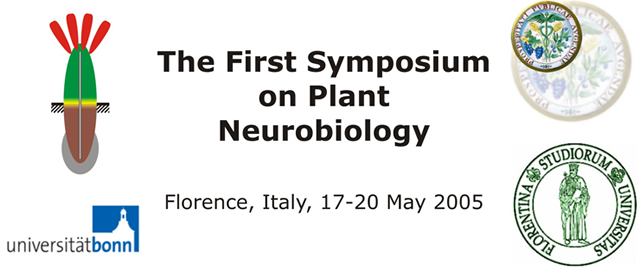|
Self incompatibility (SI) is one of the most important
mechanisms for promoting outbreeding in flowering plants. It prevents self-fertilization through a genetically
controlled cell-cell recognition system [1,2]. My lab studies SI in Papaver rhoeas (the field poppy), where SI
is mediated by an interaction between the pistil S-gene product when it meets “self”
(incompatible) pollen. This triggers a Ca2+-dependent signalling cascade in incompatible pollen,
resulting in inhibition of pollen tube growth.
The SI-specific signals involve activation of several
protein kinases, including a MAP kinase, p56 [3]. Another phosphoprotein, p26, which is hyper-phosphorylated
rapidly in response to SI, has been identified as a soluble inorganic pyrophosphatase [4], which we postulate
may play an important role in inhibition of incompatible pollen. Another target of the SI response is the
pollen actin cytoskeleton, which undergoes rapid reorganization and depolymerization [5,6]. We have recently
demonstrated that programmed cell death (PCD) is triggered by the SI response and that a caspase-like/DEVDase
activity is activated by SI in incompatible pollen [7]. Compelling evidence suggests that the caspase-like
activity is triggered very early in the signalling cascade, and also that it plays an active role in processes
leading to inhibition.
SI-induced PCD appears to involve a number of signalling cascades and targets which
recent data suggest may be involved in cross-talk. I will discuss progress on identifying the signals that
mediate SI, the involvement of the actin cytoskeleton and PCD.
- Franklin-Tong, V.E., Franklin, F.C.H. (2003) Trends in Plant Sciences 8, 598-605.
-
Franklin-Tong, V.E. and Franklin, F.C.H. (2003) Phil. Trans Roy. Soc. Lond. B, 358, 1025-32..
- Rudd, J.J., Osman, K., Franklin, F. C. H., Franklin-Tong V. E. (2003) FEBS Letters 547, 223-227.
- Rudd, J.J. and Franklin-Tong, V.E. (2003) Journal of Experimental Botany 54, 141-148.
- Geitmann, A., Snowman, B.N., Emons, A.M.C. and Franklin-Tong, V.E. (2000) Plant Cell 12,
1239-1251.
- Snowman, B.N., Kovar, D.R., Shevchenko, G., Franklin-Tong, V.E., and Staiger,
C.J. (2002) Plant Cell 14, 2613-2626.
- Thomas, S.G., Franklin-Tong, V.E. (2004) Nature
429, 305-309.
|

